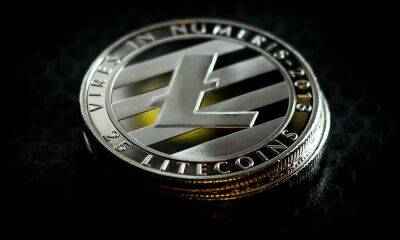How to bridge tokens from other chains to the Polygon Network
Bridging assets could help solve issues like scalability, speed and high fees. Bridging means users can move their tokens between blockchain networks quickly and cost-effectively.
The Polygon Bridge is used for cross-chain transactions between the Polygon (MATIC) and Ethereum (ETH) blockchains. It allows users to transfer ERC tokens and NFTs to the Polygon sidechain through smart contracts.
This guide will show you how to bridge Polygon with other blockchains. However, given that Ethereum is the platform most often used for decentralized finance (DeFi), nonfungible tokens (NFTs) and the metaverse, we’ll be looking at how to bridge tokens from the Ethereum network to Polygon, an increasingly popular platform due to its efficient interoperability.
The Polygon bridge is designed to connect different blockchains with fast and cheap transactions so that users can easily transfer tokens back and forth. It also enhances the Ethereum ecosystem through efficient tools that help build scalable decentralized applications (DApps).
The Polygon Bridge allows users to move tokens from Ethereum ERC20 to Polygon Matic, Polygon’s native token, which is the cheapest way to bridge ETH to Polygon.
Related: Polygon blockchain explained: A beginner's guide to MATIC
There are two Polygon bridges: the proof-of-stake (PoS) Bridge, which is the official Matic Bridge, and the Plasma Bridge.
Both bridges can be used to transfer tokens from Ethereum to Polygon and vice versa, but they are different in their approach to security methods.
The PoS Bridge is the most popular and straightforward for transferring ETH and most ERC tokens. It uses the PoS consensus algorithm to secure its network.
Deposits on the PoS Bridge are instantly secured, but withdrawals
Read more on cointelegraph.com






